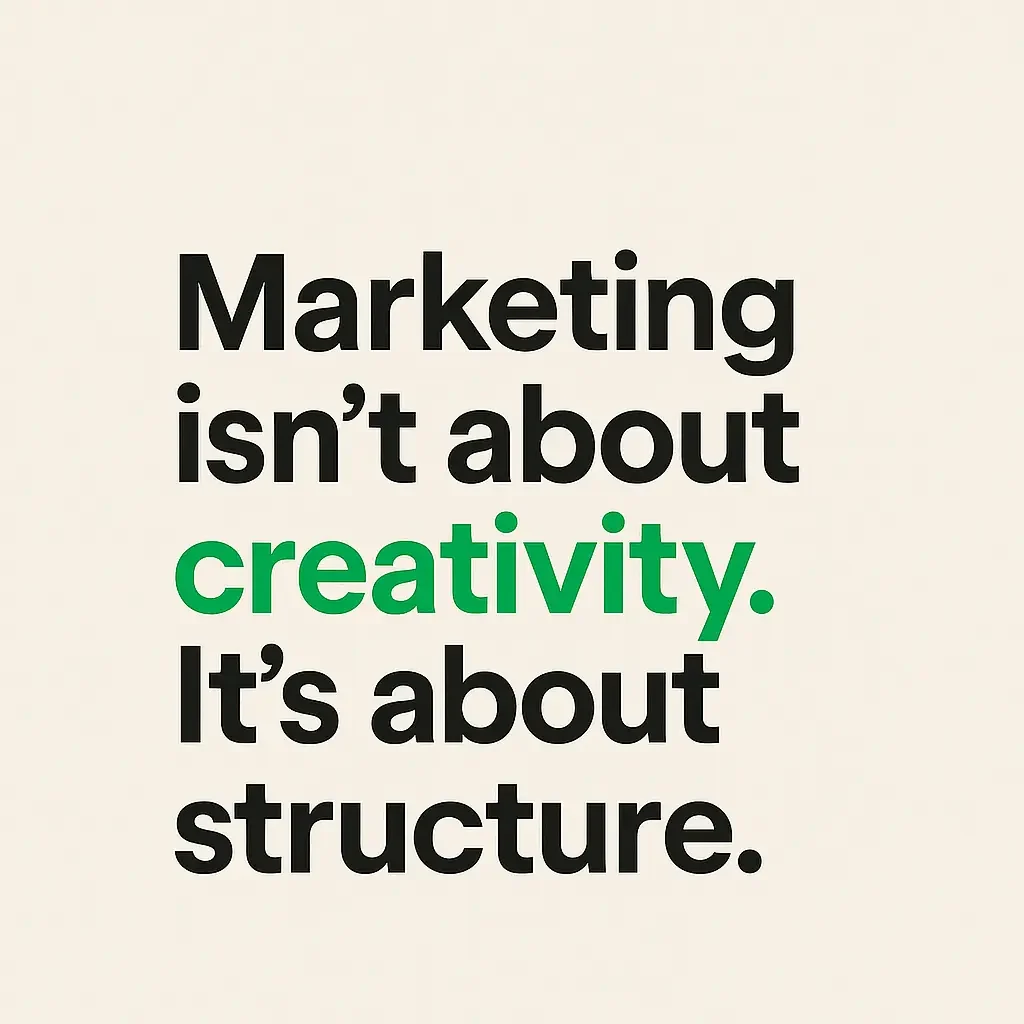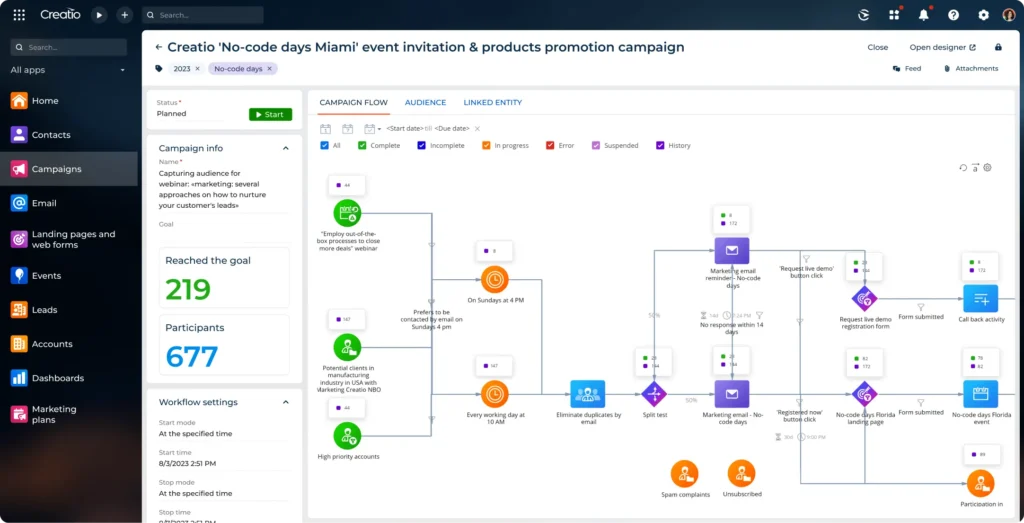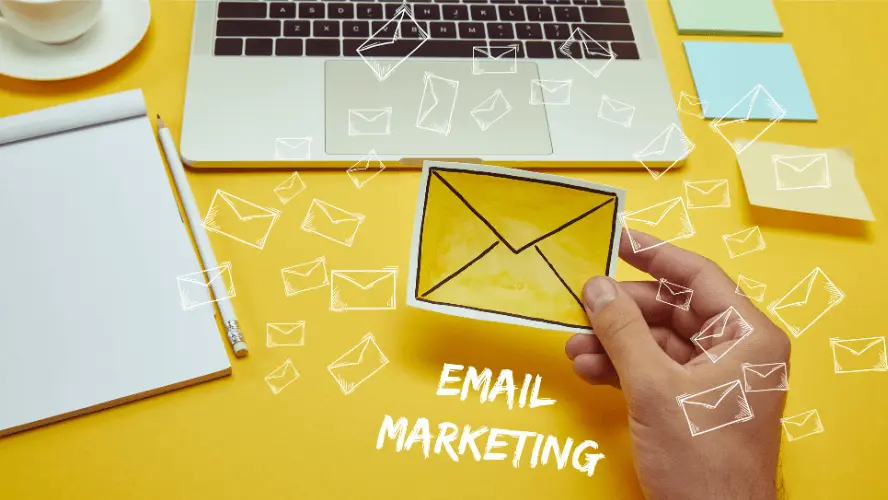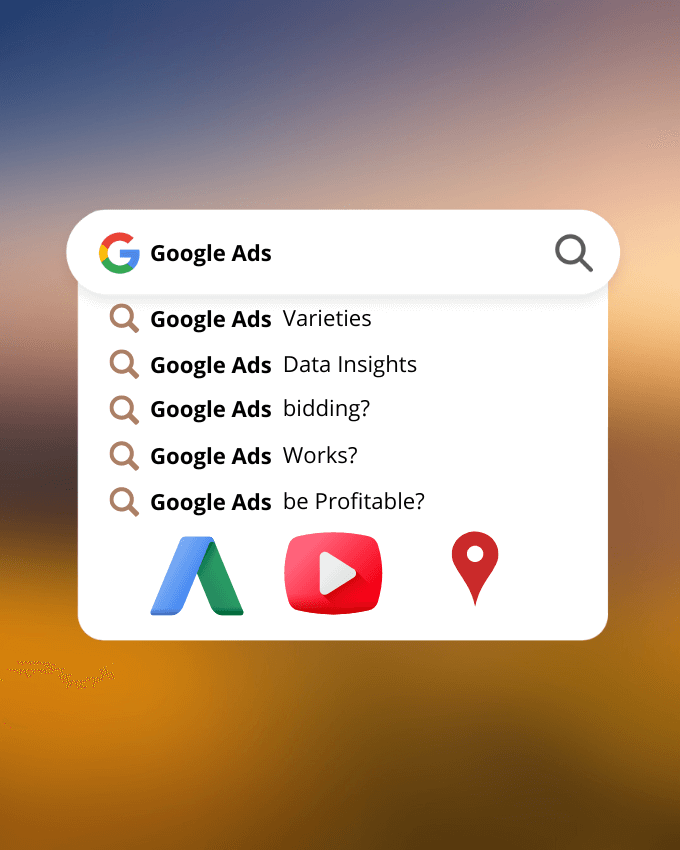Do you think marketing is more about creativity?
In my experience, it’s Not. It’s about structure and marketing automation. You can have the best illustrations, a catchy headline, even a viral reel. But if you don’t have a system that consistently brings in leads, builds trust, and converts — it’s just noise. Then what marketing actually looks like!!

1. The Hidden Truth Nobody Tweets
Most marketers still believe clever taglines and viral reels are what we want. But in a survey 63 % admit their landing pages convert below 10 % . Worse, the clicks that do arrive often vanish because there is no follow‑up system. But businesses that nurture prospects with automation see a 451 % jump in qualified leads .
So the point is — automation is the engine, while design or a clever ad copy is like the paint or headline. One grabs attention. The other keeps things moving.
2. Five Pillars That Turn Chaos into a Pipeline
2.1 Content calendars: Plan It Once, Show Up Every Week
Imagine creating a spreadsheet with 200 ideas mapped 90 days out. Boring task? But it is effective.
- Blogs + SEO are the best in terms of ROI for B2B brands in 2024 (HubSpot).
Companies publishing 16 + posts a month pull 3.5X more traffic than those posting four or fewer.
Consistency is what matters. When you post regularly, people start to notice, and platforms push your content more. It’s like saving a little every day — small, but it adds up.
Open a sheet, list 200 pain‑point topics, lock slots for the next 90 days.
2.2 Automation: Let Marketing Automation Do the Boring Work for You
Robots do not replace marketers; they replace forgetfulness. It’s like a water pump with an automatic timer — you don’t need to switch it on every time.
Marketing Automation takes care of the boring stuff — posting, tagging, and follow-ups — so you can focus on real work. It’s like a machine that keeps running even when you’re not around.
- 76 % of firms see positive ROI from automation within year one (Firework).
- Automation also lifts sales productivity by 14.5 % (Oracle)
Start small. Automate simple things first — like sending a thank-you message after form submission, adding leads to your CRM, or scheduling posts in advance. Use tools like Zapier, Make, Mailchimp, or WhatsApp Business API (sequencing via Meta Business Suite is so effective).
You don’t need to know coding — just set it once and let it run. Focus on building a system that works even when you’re not online.
2.3 Your Ads Should Bring Leads, Not Just Likes
It’s easy to get excited by likes, shares, and nice comments — the so-called vanity metrics. But if your ad isn’t bringing in sign-ups, demo bookings, or real revenue — the sanity metrics — then it’s not doing its job.
Most brands run video ads hoping people will like, share, or maybe remember them. Headway, an EdTech company from Ukraine, did the opposite. They used AI to create many short video ads — but each one had a clear goal: get people to subscribe.
Every ad led directly to a subscription page, not a homepage or a branding reel. No distractions, just one clear path. That focus helped them get 40% higher ROI and 3.3 billion views in just 6 months.
As a rule of thumb: If your ad report can’t tell you “₹1 in, ₹X out,” stop running it. Ads should be treated like investments, not billboards. Whether it’s Google, Meta, or YouTube — always ask: “What action do I want the viewer to take?”
But here’s the catch. Even if your ad is good, it’s your landing page that decides whether people will take that action.
2.4 Landing pages: Answer WHY Before WOW
On average, landing pages convert at 6.6%, but if you get that to just 8%, your cost per lead drops by almost 25%. That’s a big difference with a few small changes.
👉 Want better results? Fix these four things on your landing page:
- Headline: It should solve a real problem (e.g., “Get faster crop loans without paperwork” is better than “Welcome to AgriFinance”).
- Proof: Show reviews, client logos, or a testimonial video — and place it right on top, not hidden below.
- Form: Keep it short, and make sure it’s easy to fill on a mobile screen.
- Speed: If your page loads in 1 second, it converts 3x better than one that takes 5 seconds. Use tools like PageSpeed Insights or GTmetrix to check.
2.5 CRM: Don’t Give Up on Cold Leads
Most people think a lead is lost once they go silent. But silence doesn’t always mean ‘not interested’ — sometimes it means ‘not now’, or ‘still unsure’. Many leads don’t need a reminder that you exist. They need a message that makes them feel like you understand where they are in their journey. That’s the real trigger — relevance, not presence.
That’s exactly what Porch Group Media did for a retail brand. They ran a simple win-back email campaign, not with discounts or pressure, but with friendly messages like “Still thinking about it?” or “Need help deciding?”
The result? 29% of inactive customers came back. That’s nearly 1 in 3 cold leads reactivated with just a few well-timed emails.
But here’s the smarter part — they didn’t send the same email to everyone. They used lead scoring.
👉 Here’s how it works:
- Cold leads (no activity in 30–60 days): Nurture them with light, value-based emails
- Warm leads (opened recent emails or clicked pricing): Invite them for a call or offer a limited-time deal
- Hot leads (booked demo, replied, or asked questions): Pass them straight to sales
Once your CRM is set up to track and tag these behaviours, your team will stop wasting time on dead leads — and focus on the ones most likely to buy.

In fact, companies that properly use a CRM report 29% higher revenue on average.
So if you have 100 old leads sitting idle, don’t delete them. Just talk to them differently based on where they are. That’s how structure brings in sales — even from silence.
3. It Even Works in “boring” Industries
| Sector | Machine tweak | Measurable lift | Source |
Real Estate | Lead‑nurture emails + CRM tagging | 50 % more sales‑ready leads at 33 % lower cost | (Styldod) |
| Hardware dealers | SEO, gated spec sheets, retargeting | 207 % rise in monthly leads, 144 % more organic traffic | (Emulent) |
| Big Basket | AI‑driven re‑engagement emails | 20 % of dormant users re‑activated, 9 % lift in reach | (Netcore Cloud) |
| EdTech (Headway) | AI‑generated video ads + tight funnel loop | 40 % higher ad ROI, 3.3 billion impressions | (Business Insider) |
4. Blueprint: Build Your Machine in Six Weekends
✅ Step 1: Focus on Problems, not Features
Start by writing down the top 10 problems your customers face — in their own words. Think about what keeps them up at night.
Example:
Instead of “We offer 24×7 customer support,”
Say: “You don’t have to wait for help when something breaks.”
Turn each of these pain points into a blog post, a short Instagram reel, or a simple 2-slide LinkedIn post.
People don’t connect with features — they connect with problems they recognise.
✅ Step 2: Create in Batches
Pick one weekend a month and record or write 4–5 pieces of content in one go.
Then, schedule one per week using a tool like Meta Business Suite, Hootsuite.
Why?
Batching saves mental energy. You avoid the stress of last-minute posting and can stay consistent without burnout.
✅ Step 3: Automate the Hand-offs
Don’t waste time copying leads from your website form to a spreadsheet.
Set up simple automation using tools like Zapier, Make, or Pabbly.
Here’s a simple example:
- Someone fills your enquiry form
- They’re added to your CRM or Google Sheet
- They get a thank-you email or WhatsApp instantly
- You get notified with their details
Set this up once. It’ll run forever.
✅ Step 4: Track Lead Behaviour
Every lead is different. Some are curious, some are ready to buy, and some are just browsing.
Use a basic lead scoring system:
- Opened your email? +1
- Clicked your pricing page? +3
- Booked a demo? +10

This way, your CRM can automatically move people into different follow-up flows.
Cold leads? Send educational content.
Warm leads? Offer a deal.
Hot leads? Ask to schedule a call.
You’re not chasing — you’re guiding.
Five months of focus on these basics will outrun five years of sporadic ‘viral’ brainstorms.
A Final Thought
A clever ad or viral post can get attention. But without a system behind it, that attention fades fast.
Most founders who say, “We tried marketing, it didn’t work,” usually mean they tried random tactics without a plan.
If that sounds familiar, don’t scrap marketing — fix the machine or bring in Marketing Automation.
Start small:
- One Google Sheet with content ideas
- One automation that saves you manual work
- One landing page that answers “Why should I care?”
Improve it every week.
Let the system do the heavy lifting — quietly, consistently.
Marketing isn’t magic—it’s a science, or an arithmetic repeated until the sum becomes momentum.




